Robert D. Kaplan
MEDITERRANEAN WINTER
Robert D. Kaplan is a correspondent for The Atlantic Monthly and the author of nine previous books on travel and foreign affairs, which have been translated into many languages. These books include Balkan Ghosts, Eastward to Tartary, Soldiers of God, Warrior Politics, and The Ends of the Earth. He lives in western Massachusetts.
Also by Robert D. Kaplan
WARRIOR POLITICS:
WHY LEADERSHIP DEMANDS A PAGAN ETHOS
EASTWARD TO TARTARY:
TRAVELS IN THE BALKANS, THE MIDDLE EAST ,
AND THE CAUCASUS
THE COMING ANARCHY:
SHATTERING THE DREAMS OF THE POST COLD WAR
AN EMPIRE WILDERNESS:
TRAVELS INTO AMERICAS FUTURE
THE ENDS OF THE EARTH:
FROM TOGO TO TURKMENISTAN, FROM IRAN TO CAMBODIA
A JOURNEY TO THE FRONTIERS OF ANARCHY
THE ARABISTS:
THE ROMANCE OF AN AMERICAN ELITE
BALKAN GHOSTS:
A JOURNEY THROUGH HISTORY
SOLDIERS OF GOD:
WITH ISLAMIC WARRIORS IN
AFGHANISTAN AND PAKISTAN
SURRENDER OR STARVE:
TRAVELS IN ETHIOPIA, SUDAN, SOMALIA, AND ERITREA
 FIRST VINTAGE DEPARTURES EDITION, MARCH 2005
FIRST VINTAGE DEPARTURES EDITION, MARCH 2005
Copyright 2004 by Robert D. Kaplan
Map copyright 2004 by David Lindroth
All rights reserved under International and Pan-American Copyright Conventions. Published in the United States by Vintage Books, a division of Random House, Inc., New York, and simultaneously in Canada by Random House of Canada Limited, Toronto. Originally published in hardcover in the United States by Random House, an imprint of the Random House Publishing Group, Inc., New York, in 2004.
Vintage is a registered trademark and Vintage Departures and colophon are trademarks of Random House, Inc.
The Library of Congress has cataloged the Random House edition as follows:
Kaplan, Robert D.
Mediterranean winter : the pleasures of history and landscape in Tunisia, Sicily, Dalmatia, and Greece / Robert D. Kaplan.
p. cm.
1. Mediterranean RegionDescription and travel. 2. Classical antiquities.
3. Civilization, Classical. 4. Mediterranean RegionAntiquities. I. Title.
D973.K37 2004
938dc21
2003046691
eISBN: 978-1-58836-148-6
www.vintagebooks.com
v3.1
To William Whitworth and
Cullen Murphy
we came by the friendly light of a full moon to the little inn which we had left that morning before daybreak. Then, while the servants were busy preparing our supper, I spent my time in a secluded part of the house, hurriedly and extemporaneously writing all this down, fearing that if I were to put off the task, my mood would change on leaving the place, and I would lose interest in writing to you.
P ETRARCH , The Ascent of Mount
Ventoux, 26 April 1336
PREFACE AND ACKNOWLEDGMENTS
This book is about a trip I took through Tunisia and Sicily in the winter of 197576, and other off-season trips to Dalmatia and parts of Greece as early as 1971 and as late as 1978. Limited sections of the narrative borrow also from trips in the 1980s and 1990s. My traveling companions were not always the same; nor were the circumstances. The overwhelming majority of these journeys were taken in my late teens and early twenties. I have fused them into a single narrative for the sake of readability.
Small portions of this manuscript have been adapted from two articles I wrote for The New York Times: Chapels Recall Byzantine Era in Athens, October 26, 1980; and Dubrovnik, a Glorious Phoenix, September 13, 1998.
I thank my agent, Carl D. Brandt, and my editor at Random House, Joy de Menil, for their wise advice and support. Cullen Murphy, managing editor of The Atlantic Monthly, provided additional editorial guidance. Thanks are also due to Ann Godoff, Kate Medina, and the staff at Vintage paperbacksLuann Walther, Martin Asher, Andrew Miller, and David Hydewho have been with me through many books. Victor Davis Hanson, an eminent classicist and military historian, and Aristide D. Caratzas, a scholar of the Byzantine and medieval eras, were kind enough to check the historical parts of the manuscript. Help also came from Corby Kummer, the Moye family, Annie Raskin, and my assistant, Elizabeth Lockyer. I am truly grateful to my wife, Maria Cabral, for putting up with my long absences over the years.
CONTENTS
1.
THE TIGRESS
2.
THE WHITE FATHERS MUSEUM
3.
JUGURTHAS TABLE
4.
PAUL KLEES ISLAMIC ABSTRACTIONS
5.
THE BEAUTY OF GRAY
6.
THE SPEECHLESS TEMPLE
7.
A CITY IN TERRA-COTTA
8.
SICILIAN JOURNEY
9.
HADRIANS VILLA
10.
DIOCLETIANS PALACE
11.
DUBROVNIK RISING
12.
MAGIC BOXES OF CRACKLING
CANDLELIGHT
13.
LITERARY BYZANTIUM
14.
THE MOREA AND NEOPLATONISM
15.
THE LAST PASHA OF THE
MEDITERRANEAN
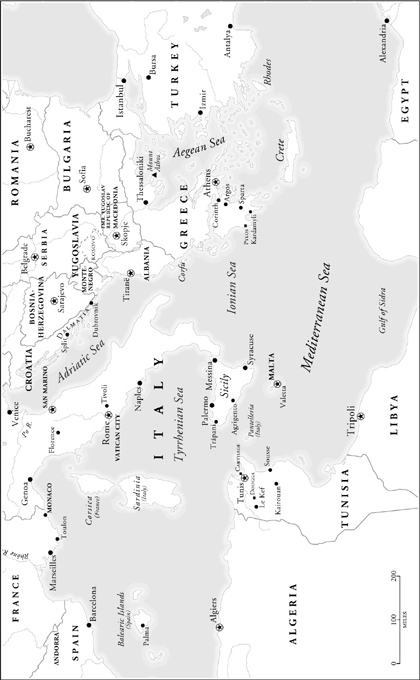

1

T HE T IGRESS
D ivinity exists in beautiful memories: leaves like weightless bronze, engraved with the year, falling amid the trees of Rodins sculpture garden in Paris. For Rodin, the human body was the ultimate expression of nature, and nudity the opposite of decadence because it bore the glory and pain of the universe. Inside the artists mansion, I recall torsos that, as Rainer Maria Rilke writes, were complete even though they lacked arms, and a haggard woman with a sagging belly and crumpled breasts who was beautiful. Rodin knew that limbs and youth are superfluous to beauty.
Rodins Old Woman is the true goddess of travel. Her body is the tortured ruin of a lifetime, whose memories are intimated by her downward gaze. Her knowledge and experience now have no material purpose except reflection. Indeed, the sculpture may represent a courtesan brooding over her sins: travel is where we truly meet ourselves. We remember what we must in order to endure, says the philosopher Henri Bergson. That is why so much of commonplace existence is forgotten, while our journeys never are.

The masses do not see the Sirens, Nikos Kazantzakis observes. They do not hear songs in the air. Blind, deaf, stooping, they pull at their oars in the hold of the earth. But the more select, the captains, harken to a Siren within them and royally squander their lives with her.
Kazantzakis siren is a merciless voicethe TIGRESS. She is his companion on all his journeys. She digs her claws into my brain, and we reflect on all we have seen and all we have yet to see. Robert Graves calls her the White Goddess, who can appear as a she-wolf, tigress, mermaid or loathsome hag. The test of any writers vision, Graves says, is the accuracy of his portrayal of her.
The goddesss physical beauty lies only in her eyes. Her allure is the life of the mind. For it is the yearning after comparisons and metaphors for each new object and landscape that sanctifies consciousness.








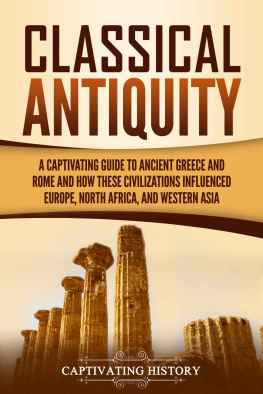
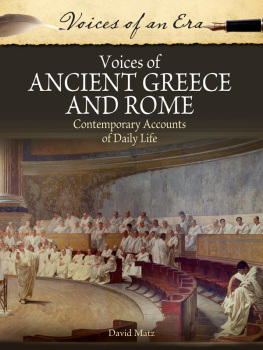

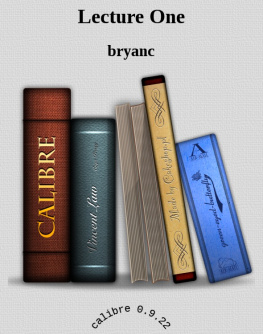
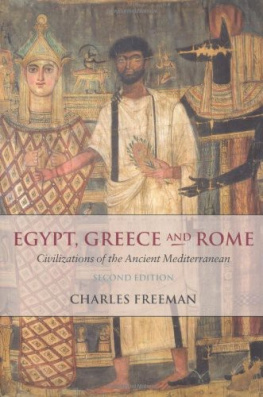
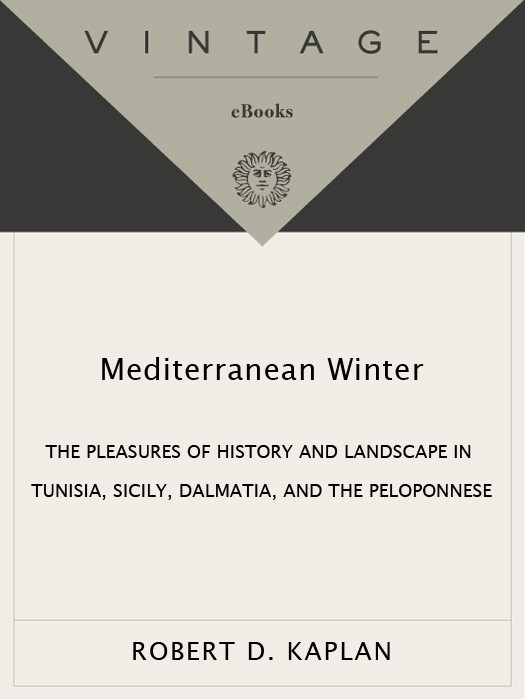
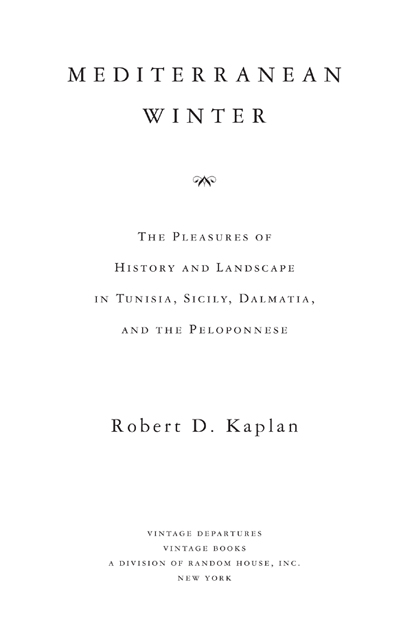
 FIRST VINTAGE DEPARTURES EDITION, MARCH 2005
FIRST VINTAGE DEPARTURES EDITION, MARCH 2005
 1
1 
